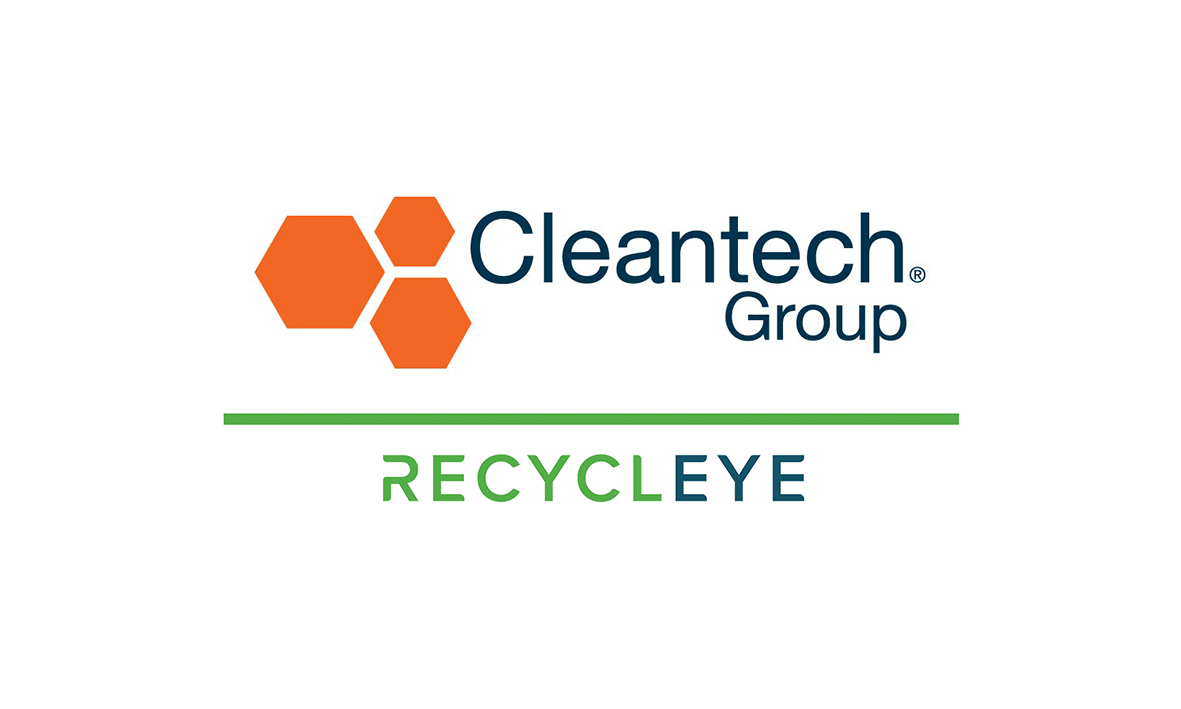Cleantech Group’s most recent article on ‘Recycling and Sorting: From Futility to Efficiency’ sheds light on just how detrimental autonomous optical and waste sorting systems are to the management of recyclable waste.
However, waste facilities currently have technology available to them that comes at a considerably high price. The Near-Infra-Red sensors used in these technologies average at around £50,000 per system – making it almost impossible for such solutions to be implemented at the scale needed. Moreover, other companies currently developing AI technologies for waste identification experience challenges in managing the high densities of material on conveyers of up to 1m/s – unable to provide identification beyond material-level.
Recycleye’s machine vision solution can be deployed at just a fraction of the cost of existing systems by leveraging low-cost hardware. Our vision sensors use the same camera’s that are typically found in mobile smartphones – providing a 98% accuracy on material detection thus far and processing around 30 images per second. Our vision systems provide data to refined levels of material, object, and even brand-level. This level of granularity is not currently available on the market. Additionally, as the images are processed, millions of datasets are created to provide high-level, actionable insights to our clients in order to fully optimise their plant operations and maximise waste-sorting capacity.
Recycleye’s Business Model
“Earlier stage optical sensor and AI developer, Recycleye pivoted from sensors for smart bin applications to partnering with a robotics firms to offer automated sorting to MRFs. Cleantech Group spoke to Victor Dewulf, CEO of Recycleye, who explained, “We reoriented away from smart bins as they are too expensive for the customer and you can only sort into four classes. We are now working to get the cost of sorting at MRFs down to zero. We are also working towards dynamic pricing; our software links with market pricing so you can align this with purity”. In December 2020, Recycleye raised $1.6 million in a seed round for continued development of its computer vision system and for continued company expansion.”
Industry Competition
“The inefficiencies at MRF’s are so great that many innovators have taken a collaborative approach to establish a thriving recycling market based on data. Recycleye has partnered with universities, including Imperial College London, to create the open-source database WasteNet , the largest dataset for waste, which holds over 2.5 million training images created from optical sorters and deep learning. Victor Dewulf, CEO of Recycleye explained, “We open-source research to move the whole industry forward. The big players also need to open-source, otherwise transparency will be lost and development will be far slower.””
By enabling low-cost solutions, our technology is empowering more robust infrastructures of waste management.
Read the full article on Cleantech Group’s website here
